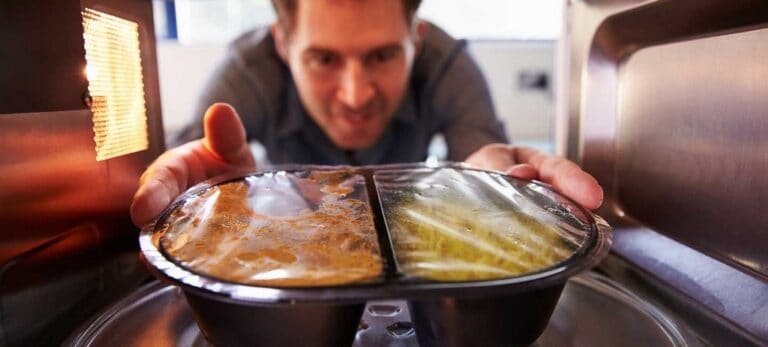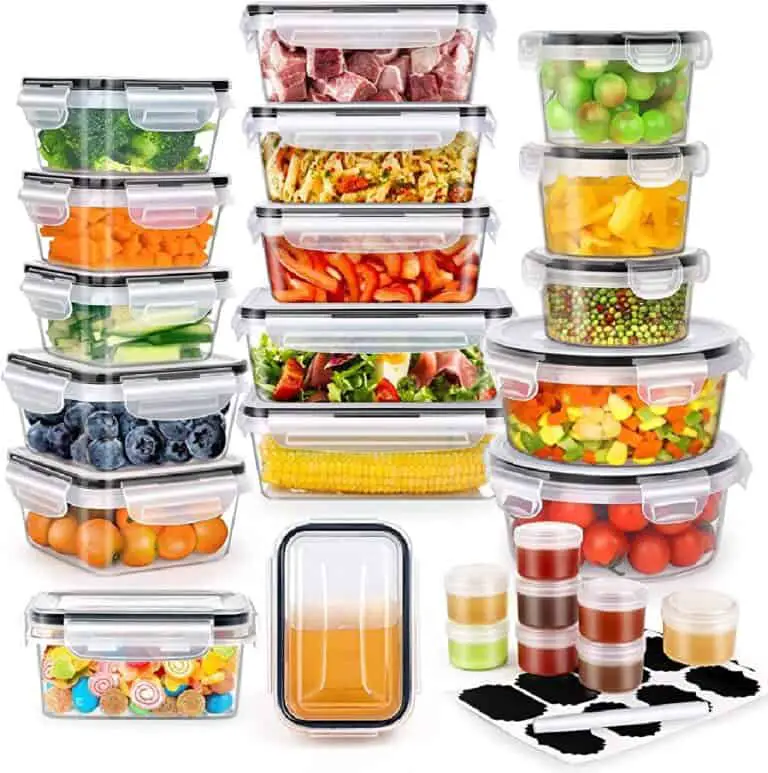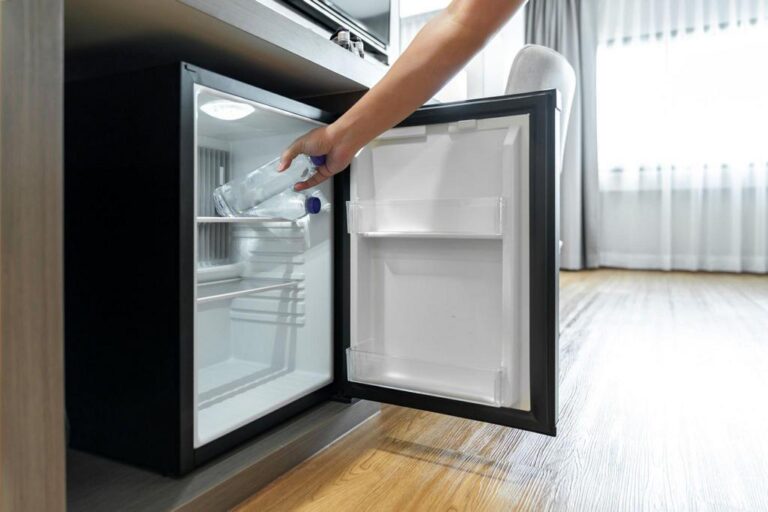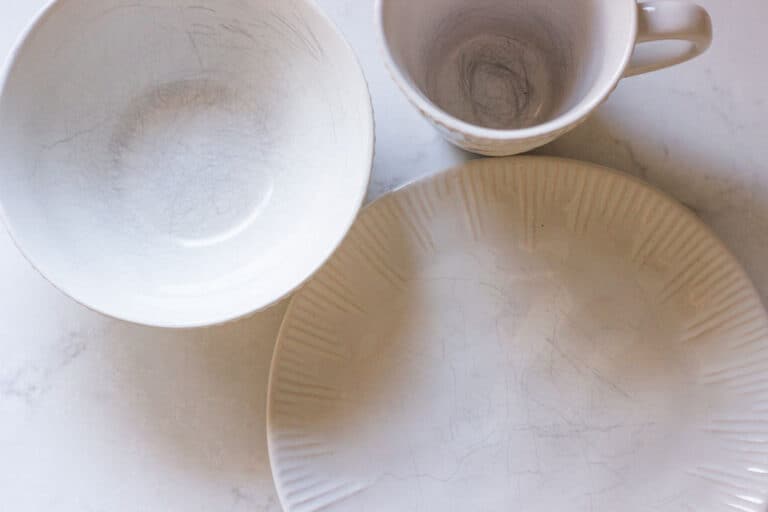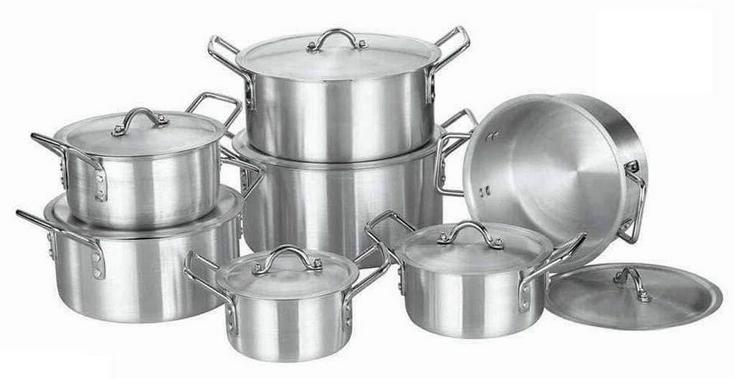Melted Plastic on Stove Burner: How To Remove It Without Leaving Residue?
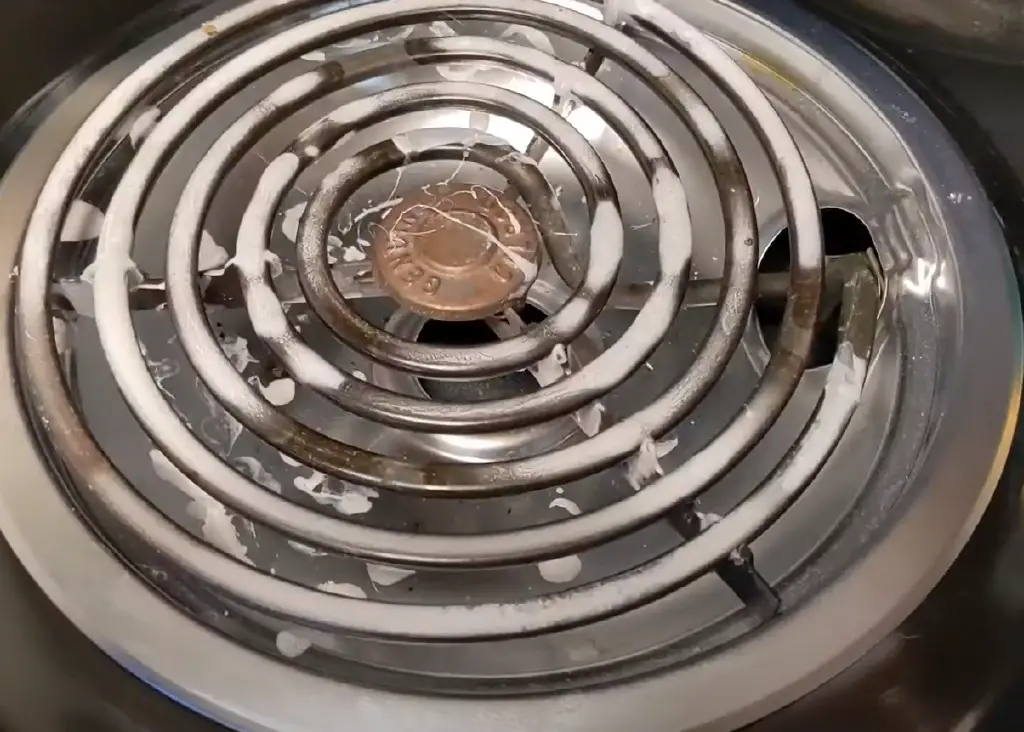
Are you dealing with the frustrating and unsightly problem of melted plastic on your stove burner? Fear not! This guide will provide you with a step-by-step process on how to remove it safely, effectively, and without leaving residue.
We will explain why you need to be careful when removing the plastic and provide clear steps to give you a safe and effective solution. From using a scraper to using a stove burner cleaner, we’ve got you covered. With the right approach, you’ll have your stove burner looking like new in no time.
So, let’s get started and say goodbye to that stubbornly melted plastic for good!
What Causes Plastic Melted on a Stove Burner?
When plastic touches a hot stove burner, it often melts. This can happen when plastic containers, utensils, or other items are accidentally left on the stove or placed too close to the burner. The same applies if you accidentally melt a plastic spatula on food. The heat from the stove causes the plastic to melt and stick to the burner, creating a messy and potentially dangerous situation.
One of the main causes of plastic melting on a stove burner is the high temperature of the burner. Most plastic products are made from a variety of different types of plastic, each with its own melting point.
When plastic is placed on a stove burner, the heat from the burner can easily exceed the plastic’s melting point. The temperature of a stovetop burner depends on the type of oven and where it is, but it is usually between 195°F and 90°C. This heat is causing the plastic to melt and stick to the burner.
Another cause of plastic on a stove burner is the proximity of the plastic to the burner. If plastic is placed too close to the burner, it can easily melt and stick to the burner. This is particularly true when plastic is placed on the stove when the burner is already hot, as the heat will quickly cause the plastic to melt.
Another common cause of plastic melting on a stovetop burner is the use of low-quality plastic products. Some plastic products aren’t made to handle high temperatures, so they melt easily when put in a hot place. This is why it’s important to only use plastic products that are designed to be used on a stove, such as heat-resistant plastic containers or utensils.
What Is the Toxic Level of Melted Plastic?
When melted plastic is burned, it produces a number of dangerous substances, such as dioxins, furans, and polycyclic aromatic hydrocarbons (PAHs). Dioxins and furans are very dangerous chemicals that have been linked to cancer, birth defects, problems with the immune system, and other health problems. PAHs are also carcinogenic and can cause skin and lung irritation.
When plastic is burned, toxic chemicals such as carbon monoxide, nitrogen oxides, and particulate matter can be discharged into the air.
If you breathe in the fumes from melted plastic, it can hurt your lungs and other organs and make it hard to breathe, like with asthma or bronchitis. Over time, the toxins made when plastic is burned can raise the risk of cancer and other serious health problems. It can also lead to reproductive and developmental problems, such as birth defects.
When plastic is burned, it gives off fumes that could be bad for the environment. It could hurt plants and animals, make the air and water less clean, and speed up climate change. Because of this, just throw away plastic in the right way instead of burning it, which can hurt people’s health and the environment.
Safety Precautions Before Removing Plastic From Stove Burner
When working with melted plastic on a stove burner, take the right safety steps to make sure the job is done safely and without any problems.
- The first step is to turn off the stove and allow it to cool completely before attempting to remove the melted plastic. This is because the stove burner can retain heat for a while after it has been turned off and can cause burns if not handled with care.
- Next, it is essential to wear heat-resistant gloves while removing the melted plastic. This will protect your hands from the heat of the stove burner and the melted plastic itself, which can be extremely hot and cause burns.
- Additionally, it is essential to have a fire extinguisher nearby in case of an emergency. Melted plastic can release fumes that are flammable and can cause a fire, so it’s essential to have a fire extinguisher on hand in case of an emergency.
- Lastly, it is crucial to make sure that you are working in a well-ventilated area, as the fumes from melted plastic can be harmful to inhale. Opening windows or using a fan can help to ventilate the area and reduce the risk of inhaling harmful fumes.
How To Remove Melted Plastic on a Stove Burner Without Leaving Residue
When it comes to removing melted plastic from stove burners, there are a few different methods that can be used, each with its own pros and cons.
- One common method is to use a scraper, such as a putty knife or spatula, to carefully scrape away the melted plastic. This method is simple and easy to follow, but you need to be careful and precise so you don’t damage the stove burner.
- Use a stove burner cleaner, which is a special product made to get rid of melted plastic and other hard-to-remove stains from stove burners. These cleaners usually come in the form of a gel or spray, and they can be applied directly to the melted plastic to soften and loosen it, making it easier to remove. This method is relatively easy to use, but it can be more expensive than using a scraper.
- Another natural method to remove melted plastic from a stove burner is to use lemon and salt. Cut a lemon in half and sprinkle salt over the melted plastic. Rub the salt into the plastic using the lemon half. The acid in the lemon will break down the plastic, and the salt will act as a scrubber to remove it.
- Lastly, you can try using cooking spray. Spray a small amount of cooking spray on the melted plastic and let it sit for 5 minutes. After 5 minutes, use a scraper or scrub brush to gently scrape the plastic away. Rinse the area with warm water to remove any residue.
In the end, the method you choose will depend on what works best for you and how bad the plastic on the stove burner is. Whichever method you choose, make sure to be gentle and take your time to avoid damaging the stove burner.
How Do You Get Melted Plastic off of a Ceramic Burner?
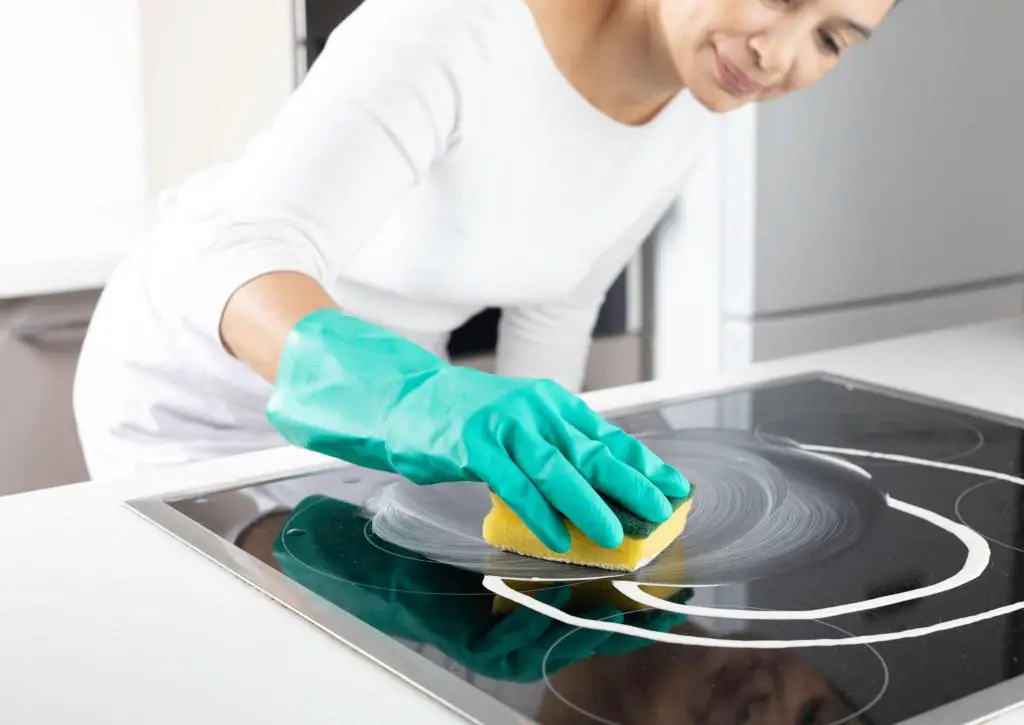
Melted plastic can be a real hassle to remove, especially when it is on a ceramic burner. However, there is a simple way to get rid of the plastic that works well and produces no odor.
A mixture of baking soda and vinegar is the best choice for small amounts of melted plastic. This technique is very effective and is a good choice for those who are looking for a safe and easy solution.
To start, you will need to warm up the burner slightly. This will make the melted plastic easier to remove. Once the burner is warm, sprinkle some baking soda on the spot where the plastic is melting. Next, add vinegar little by little until you have a paste. The baking soda will act as a scrubber, while the vinegar will help dissolve the plastic.
Once the paste is ready, use a nylon scrubber to scrub the melted plastic. Make sure to use light pressure and stay away from anything abrasive, as this could scratch the ceramic stove burner’s surface. You may need to repeat this process a few times to fully remove the melted plastic.
It is important to remember to use this technique only for lighter amounts of melted plastic, as it may not be effective for larger amounts. Also, make sure to give the burner a good rinse after removing the plastic to make sure there is no residue left.
Conclusion
In conclusion, removing melted plastic from a stove burner can be a daunting task, but with the right approach and tools, it can be done safely and effectively. The key is to start with a cool stove burner and work slowly and gently, using a scraper or stove burner cleaner to remove as much of the melted plastic as possible.
It’s important not to use abrasive tools or chemicals, as these can scratch or damage the stove burner. Once you’ve removed as much of the melted plastic as possible, use a stove burner cleaner to remove any remaining residue and restore the shine to your stove burner.
By following these steps, you can keep your stove burner in good working condition and prevent melted plastic from becoming a recurring problem.
FAQs on How To Remove Melted Plastic from a Stove Burner
How does plastic melt on stove burners?
Plastic can melt on stove burners when accidentally placed on a hot burner or when a plastic utensil or container comes into contact with a hot surface.
What should I do immediately after plastic melts on a stove burner?
Turn off the stove to prevent further melting and let it cool down. Remove any unburnt plastic while it’s still pliable using a wooden or plastic utensil.
How do I remove melted plastic residue without damaging the burner surface?
One effective method is to use a plastic scraper or credit card to gently scrape off the residue. You can also try heating the residue slightly and then scraping it off.
Are there any household items that can help remove melted plastic from stove burners?
Yes, items like baking soda, vinegar, or even ice can be used to aid in the removal of melted plastic. These can be applied to the residue to make it easier to scrape off.
Can inhaling the fumes from melted plastic on a stove burner be harmful?
Inhaling fumes from melted plastic can be harmful, as they may release toxic chemicals. It’s important to ensure proper ventilation while cleaning and avoid direct inhalation of fumes. If you are concerned, consult a medical professional.

